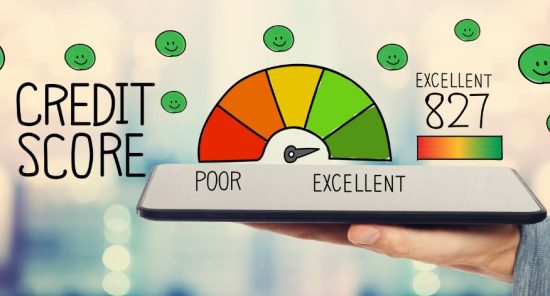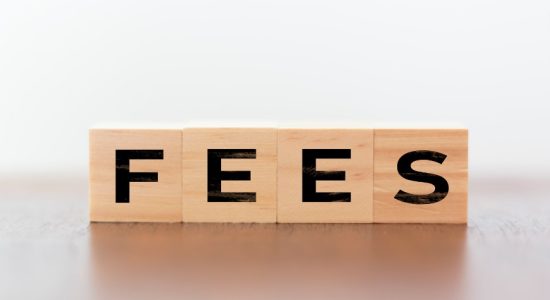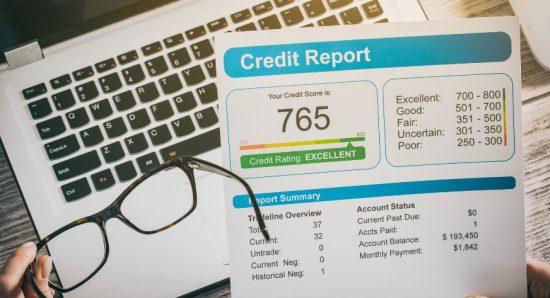How to Get Approved for a Line of Credit in Canada?
A line of credit can be a valuable financial tool for managing cash flow, funding significant expenses, or having a safety net for unexpected costs. In Canada, obtaining approval for a line of credit involves understanding various financial criteria, preparing necessary documentation, and choosing the right line of credit to suit your needs.
Although the process is simpler due to the various online lending options available, it can be helpful to learn how to increase your chances of getting approved. Use this guide to learn more about a line of credit as a helpful borrowing option and explore tips on how to get approved.
Assess Your Financial Situation
Consider these factors to help assess your financial situation.
Credit Score
Your credit score is a crucial factor in the approval process. In Canada, credit scores range from 300 to 900, with higher scores indicating better creditworthiness. Factors such as payment history, credit utilization, length of credit history, types of credit, and recent inquiries influence your score.

You can obtain your credit report from Equifax or TransUnion, Canada’s two major credit bureaus, to review your credit history and identify any inaccuracies.
Income
Many lenders will assess your income to ensure you have the means to repay the borrowed amount. Stable employment and a reliable income stream enhance your credibility as a borrower. If you’re self-employed, you may need to provide additional documentation, such as tax returns, business financial statements, or contracts, to verify your income stability.
Debt-to-Income Ratio
Your debt-to-income ratio compares your monthly debt payments to your gross monthly income. A lower ratio indicates a healthier financial position and increases your chances of approval. Consider paying down existing debt, increasing your income, or reducing discretionary expenses to improve your ratio.
Determine Your Needs and Type of Line of Credit
Identify why you need a line of credit and which type suits you best.
Personal Line of Credit
A personal line of credit is unsecured, meaning it doesn’t require collateral. It’s based primarily on your creditworthiness and income. Of the many borrowing options in Canada, a line of credit from a reputable lending platform like Fora can help you fulfill various needs. This flexible credit option enables you to withdraw, repay, and borrow again as required, all within the confines of your accessible credit.
This line of credit is suitable for various personal expenses, such as important home repairs, unplanned car maintenance, medical emergencies, or covering unexpected emergencies in general. You can use the funds since they are not tied to a specific asset.
Home Equity Line of Credit (HELOC)
A Home Equity Line of Credit (HELOC) is secured against the equity in your home. Equity represents the difference between your home’s market value and the outstanding balance on your mortgage. HELOCs typically offer higher credit limits and lower interest rates than unsecured options.
They are ideal for significant expenses like home renovations, education expenses, or debt consolidation. However, using your home as collateral means you risk foreclosure if you fail to repay the borrowed amount.
Research and Compare Lenders
Different financial institutions have varying terms and conditions for lines of credit. Research banks, credit unions, and online lenders to compare the following.
Interest Rates
Lenders offer variable or fixed interest rates for lines of credit. Variable rates fluctuate with market conditions, while fixed rates remain constant throughout the loan term. HELOCs often have variable rates, which can result in lower initial payments but carry the risk of future rate hikes.
Credit Limits
The credit limit represents the maximum amount you can borrow on the line of credit. Lenders determine this limit based on factors such as your credit score, income, debt-to-income ratio, and the type of line of credit.
Fees and Charges

Before applying, review each lender’s fee structure. Standard fees include annual fees, setup fees, transaction fees, and early repayment penalties. Factor these costs into your decision-making process to choose the most cost-effective option.
Repayment Terms
Evaluate the repayment terms offered by each lender. Some may allow interest-only payments during the draw period for HELOCs, followed by principal and interest payments during the repayment period. Others may require immediate principal and interest payments. Choose a repayment schedule that aligns with your financial goals and budget.
Gather Necessary Documentation
Not all lenders require the same documentation, but some might be needed when applying for a line of credit.
Personal Identification
To verify your identity, provide valid identification, such as a driver’s license, passport, or government-issued ID.
Proof of Income
Some lenders require documentation to verify your income, such as recent pay stubs, tax returns, or bank statements. Self-employed individuals may need to submit additional documentation, such as business financial statements or contracts.
Credit Report

While some lenders pull your credit report themselves, others may ask you to provide it. Review your credit report for inaccuracies and dispute any errors to ensure your creditworthiness is accurately represented.
Property Valuation
For HELOCs, lenders may require an appraisal of your home to determine its market value and calculate the available equity. This valuation influences the credit limit and interest rate offered.
Tips for Increasing Your Chances of Approval
Consider these tips to boost your chances of getting approved for a line of credit.
Improve Your Credit Score
Focus on improving your credit score by paying bills on time, reducing debt, avoiding excessive credit inquiries, and maintaining a diverse credit mix. Review your credit report regularly to identify any errors or discrepancies that could negatively impact your score.
Maintain a Stable Income
Lenders prefer borrowers with stable, predictable income streams as it reduces the risk of default. If you’re self-employed or have irregular income, consider providing additional documentation, such as contracts or client invoices, to demonstrate the reliability of your earnings.
Reduce Your Debt-to-Income Ratio
Reducing your debt-to-income ratio improves your chances of approval and strengthens your overall financial health. In addition to paying down existing debt, consider negotiating lower interest rates or consolidating high-interest debt into a single, more manageable payment. By actively managing your debt load, you make yourself a more attractive borrower and free up more disposable income for future loan repayments.
Choose the Right Lender
Finding the right lender involves more than just comparing interest rates and fees. Consider factors such as customer service reputation, online banking capabilities, and flexibility in repayment options. Ultimately, the lender you choose should align with your long-term financial goals and provide the support you need throughout the life of your line of credit.
Consider a Co-Signer
Adding a co-signer to your line of credit application can significantly improve your chances of approval, especially if you have limited credit history or a less-than-stellar credit score. However, keep in mind that co-signers are equally responsible for repaying the debt, so choose someone who understands the risks and is financially capable of assuming that responsibility if necessary.
Conclusion
Securing approval for a line of credit in Canada requires careful consideration of your financial situation, needs, and lender options. Remember to use your line of credit responsibly, make timely payments, and manage your debt to maintain good financial health. With proper planning and preparation, a line of credit can be a valuable financial tool to support your goals and provide financial flexibility when needed.










